Taxi Driver Review – A Forever Classic

Film: Taxi Driver
Director: Martin Scorsese
Release Date: 8th February,1976
Maturity Rating: 18+
Martin Scorsese, A Cinematic Maestro:-
Martin Scorsese, the iconic director of our time, has consistently demonstrated his prowess in the art of filmmaking, leaving an indelible mark on the industry. With a career spanning over five decades, Scorsese has shaped the cinematic landscape in ways that few can rival.
Moreover, Scorsese stands as a luminary in the world of cinema, an auteur whose films are both entertaining and intellectually stimulating. His unique style, unforgettable characters, and unwavering commitment to storytelling have cemented his legacy as one of the greatest directors of all time.
Taxi Driver – Review
“Taxi Driver” is the fevered story of an outsider in New York. A man who can’t find any point of entry into human society. A lonely veteran who has been forgotten and abandoned by society. The movie exposes in detail the corruption and hypocrisy of the outside world.
Robert De Niro (Travis Bickle ), the protagonist of this film, from a script by Paul Schrader, can’t find a life. He’s an ex-Marine from the Midwest who takes a job as a taxi driver to avoid his loneliness, because he can’t sleep anyway, and is surrounded by the night world of the uprooted whores, pimps, and transients.
Co-starring Jodie Foster, Cybill Shepherd, and Leonard Harris, no other film has ever dramatized urban indifference so powerfully at first, becoming horrifyingly funny and then just horrifying.
Setting
“Taxi Driver” shouldn’t be taken as a New York film as it’s not about a city. It’s about the weathers of a man’s soul, and out of all New York he selects just those elements that feed and reinforce his obsessions.
Nevertheless,this atmospheric portrayal of the city becomes a character itself, reflecting the moral decay and social unrest of the era. It sets the stage for the film’s exploration of isolation and violence, making the setting of “Taxi Driver” an integral part of its haunting narrative.
“Taxi Driver” is a brilliant nightmare and like all nightmares it doesn’t tell us half of what we want to know. We’re not told where Travis comes from, what his specific problems are, or whether his ugly scar came from Vietnam because this isn’t a case study but a portrait of some days in his life.
Character Development
Travis feels disconnected from the upper class, who typically inhabit the daylight in this film and spiteful of the night world in which he most often finds himself existing.
He sees a lot of “filth” in the city as he unconsciously says, “Some day a real rain will come and wash all this scum off the streets”. He despises the smell of the inhabitants and calls it a “Hell.” Yet, this is where he seems to be most at ease.
Travis points his guns at things he despises–the city of New York, the porno movies that lost him the most beautiful woman (Betsy) he has ever seen.
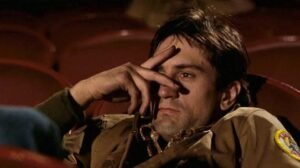
So when Travis points the gun at his reflection in the mirror, he is not only highlighting the disconnection that he feels with himself but is also indicating that he is suffering from an existential crisis.
Nevertheless, Travis’s transformation is marked by a gradual erosion of his sanity and a distorted sense of heroism. He evolves from a troubled but seemingly well-intentioned individual into a vigilante figure whose actions are repulsive and strangely sympathetic.
However, his increasing obsession with “cleaning up” the city leads him down a path of violence and moral ambiguity.
Character Portrayal – Message
The film’s portrayal of rejection being more painful than the murders is fascinating because it helps to explain Travis Bickle , and perhaps it explains one kind of urban violence.
Scorsese uses the taxi itself to create two cities: an apparently “dark” side (prostitutes, drug addicts, and soon-to-be murderers), as well as a seemingly “light” side (politicians and wealthy ladies) of New York. Travis exists in both, to an extent, because he cannot sleep and drives during both day and night.
However, Scorsese consistently indicates that he has stronger ties with the dark city. When a piece of that world enters his cab in the middle of the night, Scorsese puts them on the same visual plane to portray them as one.
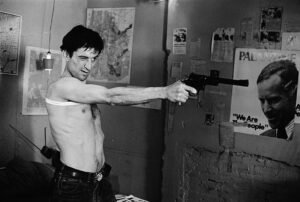
Summary
It is the masterful crafting of Travis Bickle’s character and Robert De Niro’s embodiment of him that makes Taxi Driver so unique . To paint such a picture of a character who is simultaneously ambiguous but so strongly motivated by his inner thoughts requires an unapologetic understanding of how messed up human nature often is.
As the climax unfolds, the film’s visual and auditory elements intensify, with Scorsese’s skillful direction and Bernard Herrmann’s haunting score heightening the sense of impending tragedy.
In conclusion, Travis’s rampage is a cathartic release of the anger and frustration that has been building throughout the film, and it ultimately leaves a lasting impact on both the character and the audience.
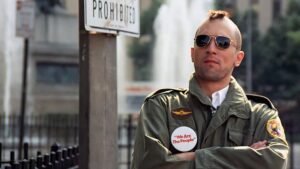
Taxi Driver’s most redeeming qualities do not revolve around the guns and the violence that many American films ground themselves in. Seeing Taxi Driver in this light completely misses the point and says more about the viewer than the film.
Rating
9.5/10
Pros:
- Timeless and influential classic
- Scorsese’s Masterful Cinematography
- Memorable Climatic Sequences
Cons:
- Violent and Disturbing Themes
- Some scenes are controversial



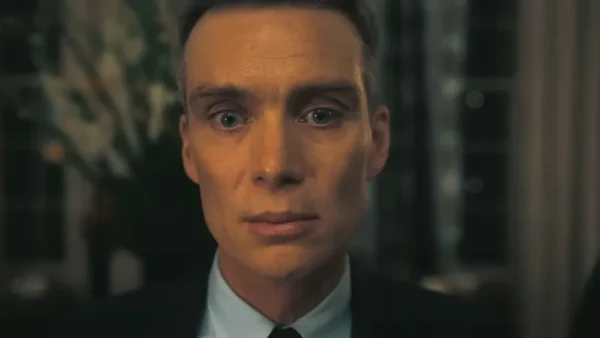
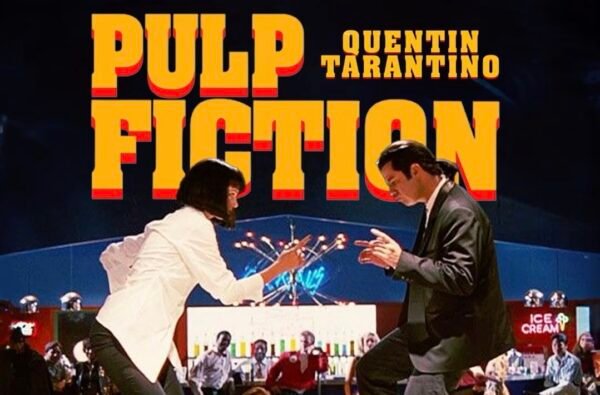
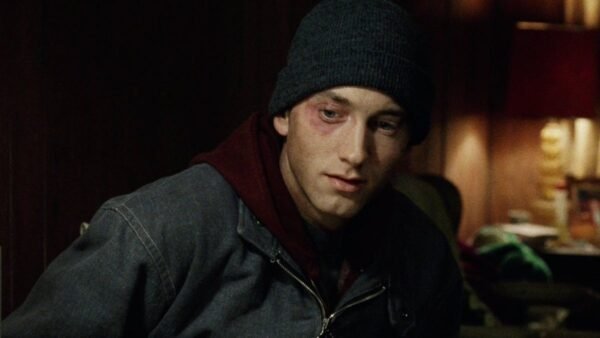


I don’t think the title of your article matches the content lol. Just kidding, mainly because I had some doubts after reading the article.
Your article helped me a lot, is there any more related content? Thanks!
Can you be more specific about the content of your article? After reading it, I still have some doubts. Hope you can help me.
Your article helped me a lot, is there any more related content? Thanks!